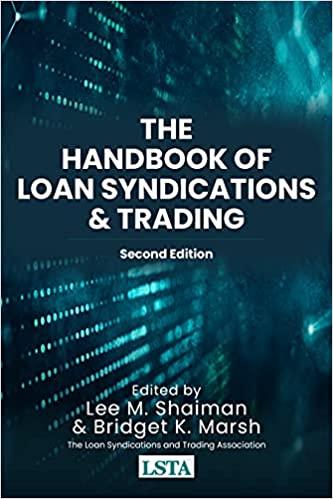Question
a.)The risk-free rate of return, rRF , is 10%; the required rate of return on the market, rM, 15%; and Schuler Company's stock has a
a.)The risk-free rate of return, rRF , is 10%; the required rate of return on the market, rM, 15%; and Schuler Company's stock has a beta coefficient of 1.4. If the dividend expected during the coming year, D1, is $2.00, and if g is a constant 2.75%, then at what price should Schuler's stock sell? Round your answer to the nearest cent. $
b.)Now, suppose the Federal Reserve Board increases the money supply, causing a fall in the risk-free rate to 6% and rM to 13%. How would this affect the price of the stock? Round your answer to the nearest cent.
c.)$ In addition to the change in part b, suppose investors' risk aversion declines; this fact, combined with the decline in rRF, causes rM to fall to 11%. At what price would Schuler's stock sell? Round your answer to the nearest cent.
d.) $ Suppose Schuler has a change in management. The new group institutes policies that increase the expected constant growth rate to 8%. Also, the new management stabilizes sales and profits, and thus causes the beta coefficient to decline from 1.4 to 0.8. Assume that rRF and rM are equal to the values in part c. After all these changes, what is Schuler's new equilibrium price? (Note: D1 goes to $2.10.) Round your answer to the nearest cent. $
* If anyone knows the excel formulas to solve this that would be optimal.
Step by Step Solution
There are 3 Steps involved in it
Step: 1

Get Instant Access to Expert-Tailored Solutions
See step-by-step solutions with expert insights and AI powered tools for academic success
Step: 2

Step: 3

Ace Your Homework with AI
Get the answers you need in no time with our AI-driven, step-by-step assistance
Get Started


